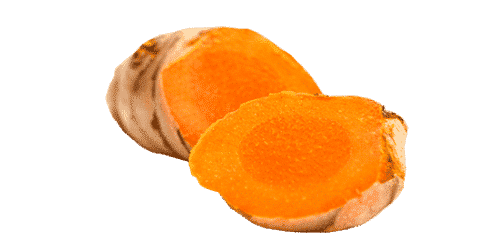
Origin
Originating in South East Asia and India, turmeric is currently cultivated throughout Asia, tropical Africa and the Antilles. It’s a flagship plant that has been used traditional Chinese and Indian ayurvedic medicine for thousands of years. In the West, its benefits have been recognised since the start of the 17thcentury.
Did you know?
There are at least fifty species of turmeric. Curcuma longa, also known as “Indian saffron” is a bright orange powder with a spicy flavour. It is used as an ingredient in curries for example.
Characteristics
Although we know about turmeric in spice form, it is in fact a herbaceous perennial plant with long oblong pointed leaves that appear to grow from the ground and a long stalk The turmeric plant has white and pink flowers which form a cluster in the centre of the leaves, and can grown up to 20 cm in height.
Flowering and harvesting
Curcuma longa flourishes in sunny regions and fertile land. Its blossom usually emerges during the month of June. But the plant also has an underground stem, which we call the rhizome. The rhizome is harvested towards September time, then cut into small pieces and boiled before being dried. This is how turmeric powder is obtained which can be consumed in dishes or even used in phytotherapy.
Benefits
The turmeric rhizome contains an essential oil as well as curcuminoid pigments, including curcumin.1
Turmeric:
- Maintain joint and bone health1
The curcuminoids contained in turmeric have a soothing action on the joints and bones as they help them to stay in good health.
- Aid digestion1
Turmeric stimulates bile secretion and regulates gastric acidity to aid digestion.
- Reduces cellular ageing1
Turmeric has antioxidant properties which allow it to combat free radicals responsible for the ageing of cells.
1Plant-based health: 200 plants with health benefits Reader’s Digest selection, 2003. 352 p. ISBN 2-7098-1413-7
